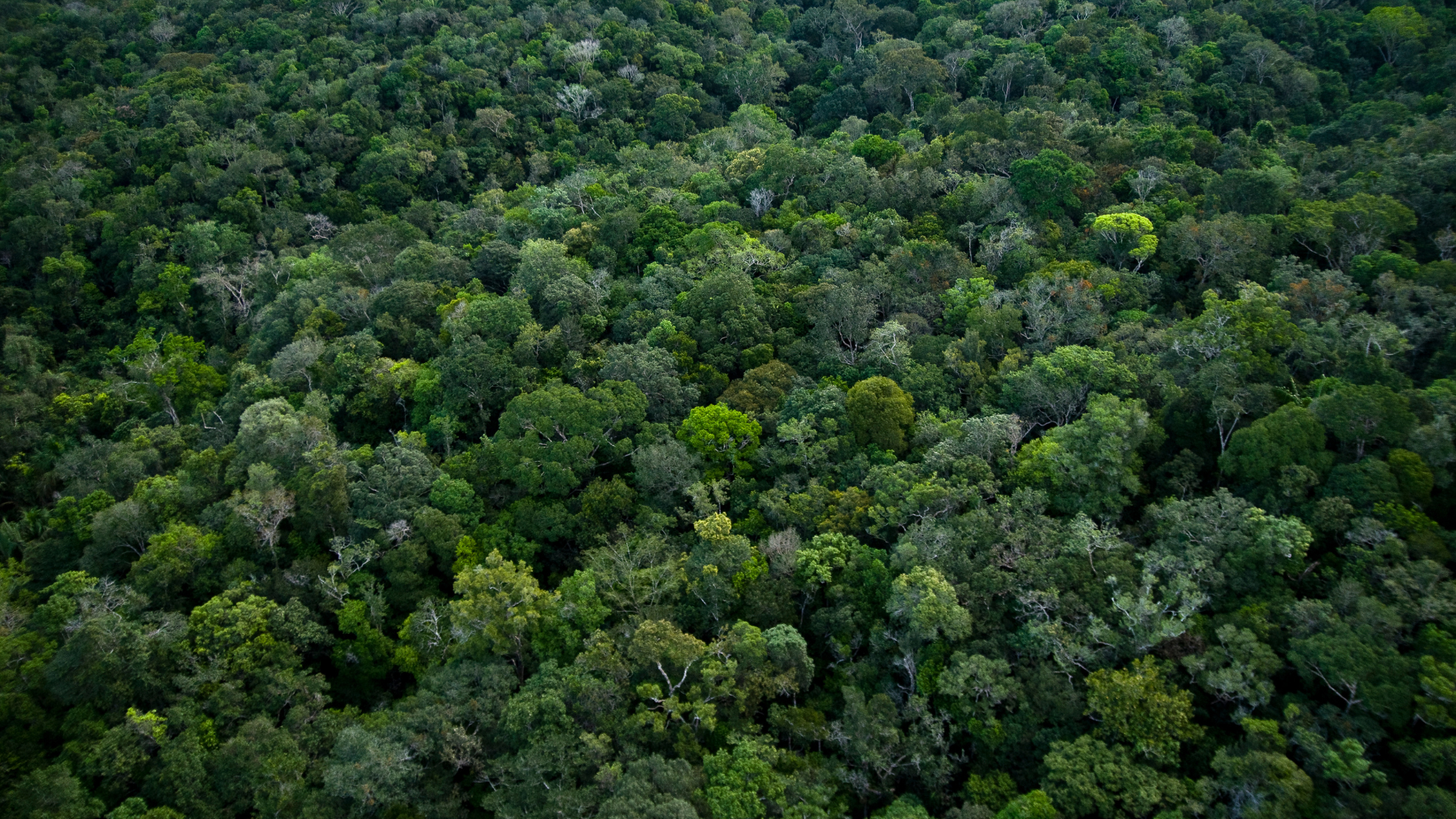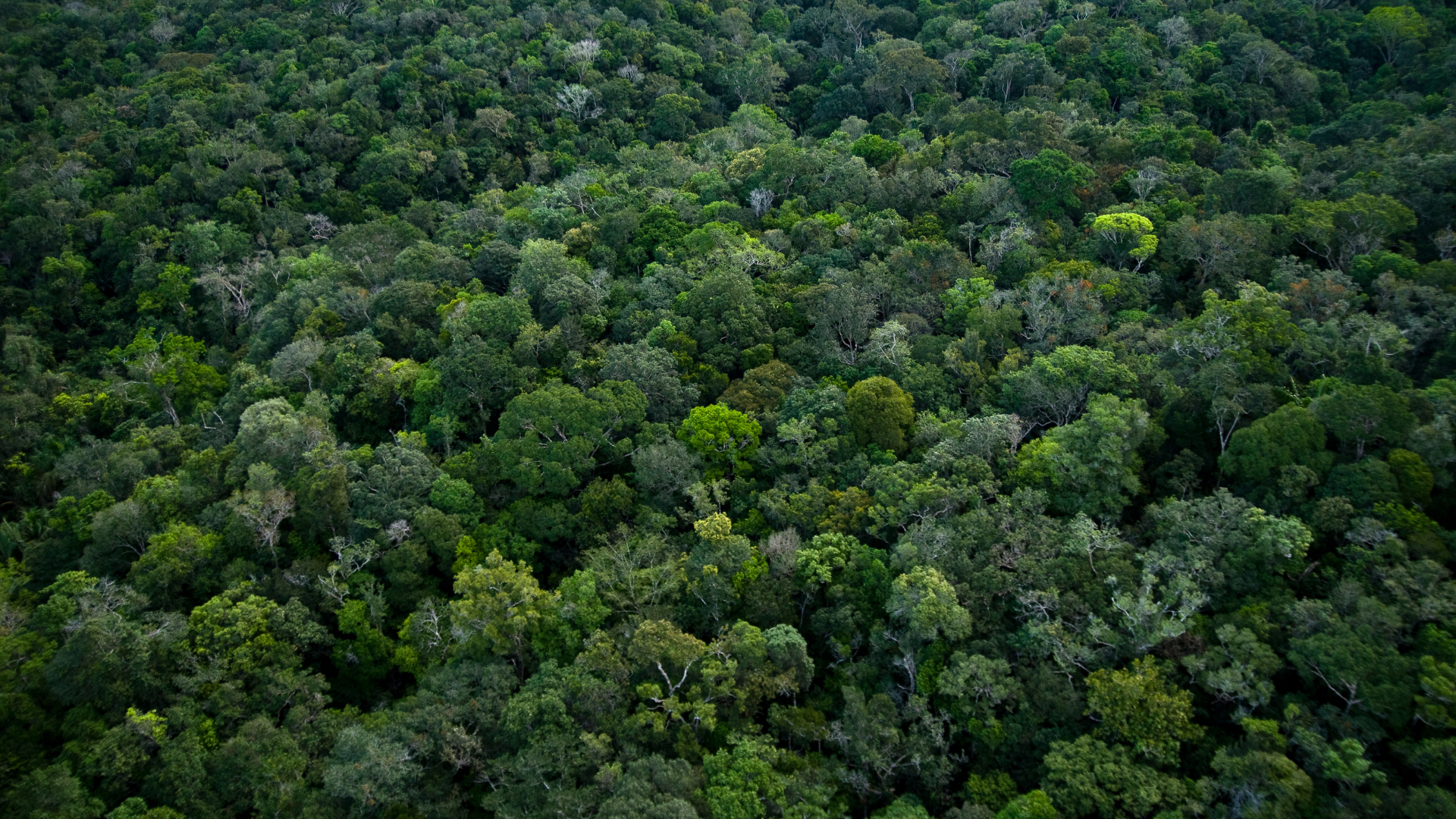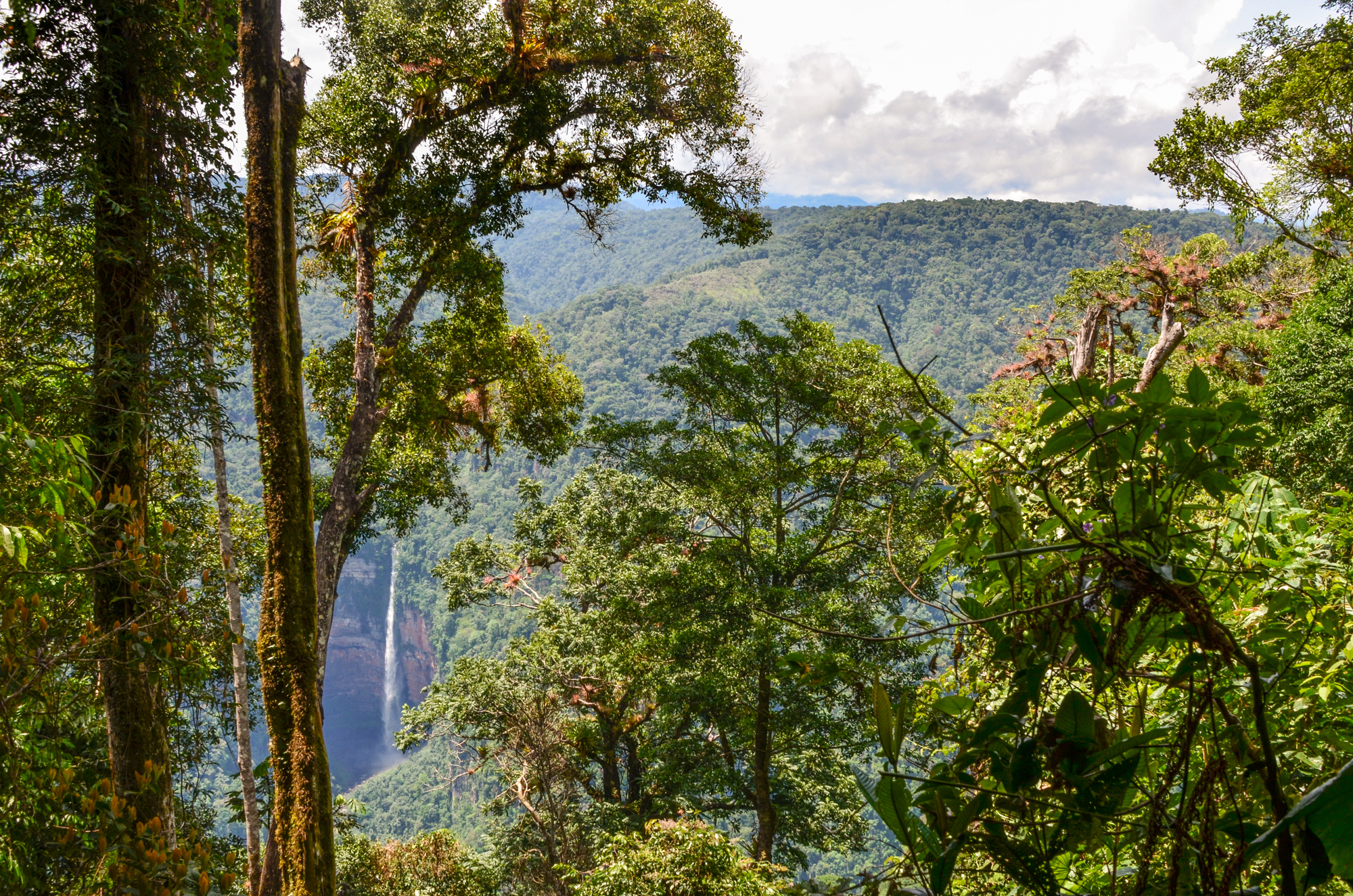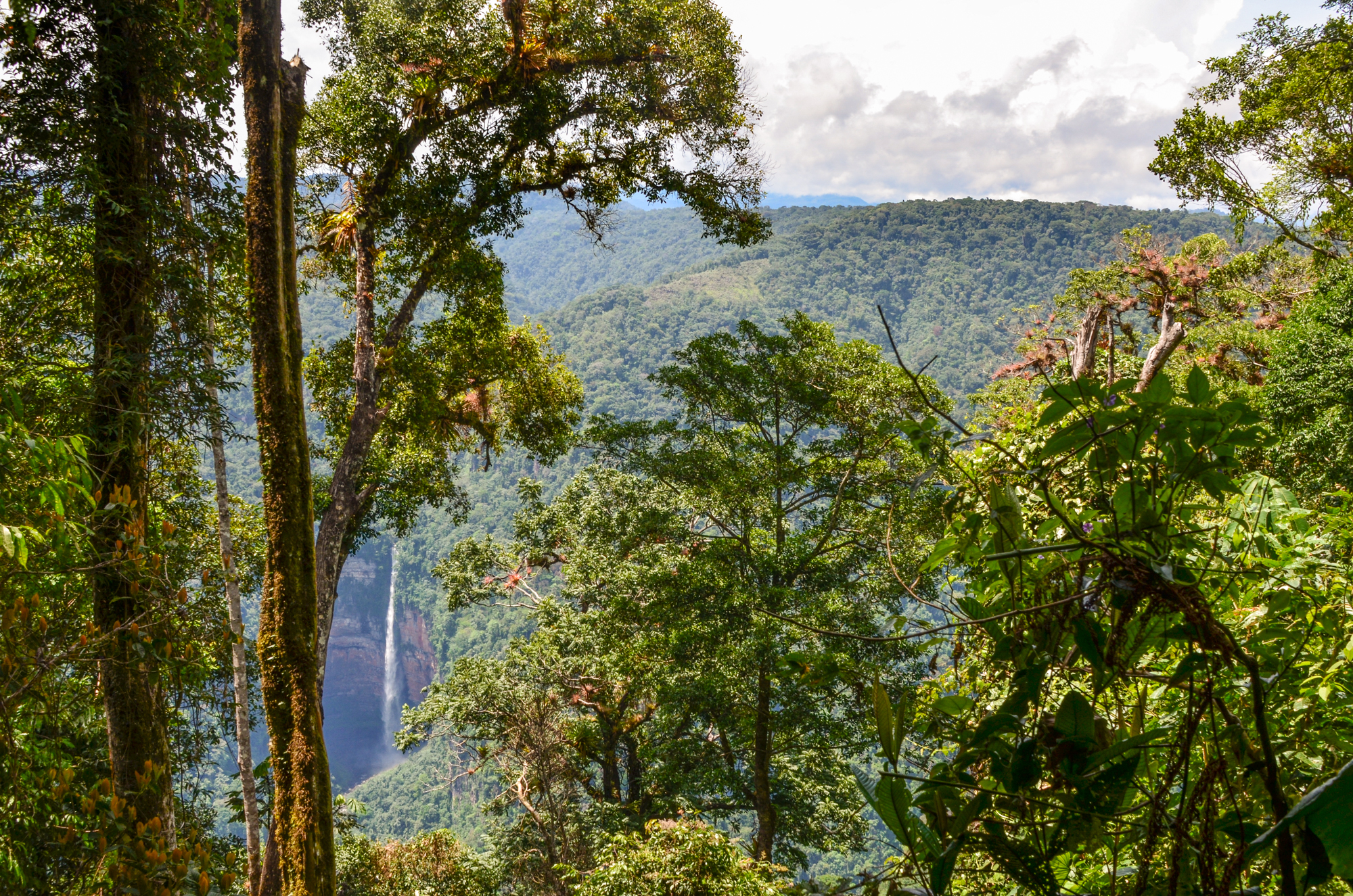

Rainforest Outlooks for 2024
By all accounts, 2023 was a mixed bag for rainforests. We had some positive outcomes like reduced deforestation in the Amazon, particularly in Brazil and Colombia, and a push for zero deforestation by 2030 at COP28. But despite international efforts to curb the human causes of deforestation, our climate plays by its own rules.
El Niño brought extremely warm temperatures and drought conditions all across the tropics, and 2023 was the hottest year on record. All this means that Cool Earth’s local partners face more challenges than ever before, but we’ve never been more impressed by their resilience.
So what will 2024 look like for the rainforests in our partner communities? We’ve talked to some of our staff in Peru and Papua New Guinea about what to expect this year, the threats facing our partners, and what they’re doing about it.


Rainforest Outlooks: Peru
Junín Province
In the Junín province of central Peru, Cool Earth is working closely with the Indigenous federation CARE (Central Ashaninka of the Rio Ene), who represent 19 communities in the area. CARE are all too aware of the real impacts of climate change in the forests their people call home, with rapidly worsening wildfires in the last decade caused by shifting seasons and droughts.
Cool Earth is supporting CARE’s project PAAMARI to address wildfire challenges by training communities to protect 240,000 hectares of their rainforest in the Ene Valley, an area critical in keeping carbon locked in and mitigating climate breakdown. The project looks to implement early detection and extinction of fires, improvement of fire management practices, also providing an Indigenous monitoring strategy and a reporting centre.
Amazonas Province
The local impacts of climate change can vary over very short distances so we checked in with Luis Goicochea, the technician for our Rainforest Labs project in Huaracayo, an Awajún community located in the Amazonas province of northern Peru, where fortunately the climate picture is not as bleak. Our Rainforest Labs Technician, Luis Goicochea, explains further:
“When the El Niño phenomenon occurs, it affects the northern part of Peru with abundant rainfall in the coastal areas, and droughts in the northern mountains. In the case of Amazonas, temperatures can vary and sometimes they even decrease a little.
One of the main threats to the forest this year is the logging of commercially valuable tree species, in response to which we will begin a forest inventory to evaluate the current situation of the forest, and have a baseline for our monitoring of the health of the forest.
Another big threat that we observe is the pollution of the river, which is the community’s main source of fish and transportation.”
Indeed, the Marañón River is one of the most important rivers and water sources in Peru and is one of the mainstem sources of the Amazon River. The river has been subjected to pollution for decades and is currently the subject of a human rights case. In a historic milestone for the protection of the Amazon rivers, this lawsuit not only seeks the repair of environmental damages but also the fundamental recognition that the Marañón River and its tributaries be considered rights holders. Among the claimed rights are the right to exist, flow, native biodiversity, and be free from pollution.


Wabumari, Papua New Guinea, sits at the end of a long inlet, surrounded by lush rainforest on all sides.
Rainforest Outlooks: Papua New Guinea
Due to El Niño, we’re seeing marine heatwaves in many of the island nations, and the start of the year will see below normal rainfall across southern Papua New Guinea (PNG), where Cool Earth supports communities in Milne Bay Province. In the coastal village of Gadaisu, residents are having to rebuild properties further inland to account for an increasingly receding beach.
On top of an increasingly hostile climate, logging is on the rise all across PNG, and our programme manager, Regina Kewa, says that this threat is ever present in the communities that we support.
“Logging is a threat to our partnership communities. We manage this threat through the positive relationships that Cool Earth has with the people living in the rainforest through Cash Giving and Community Led Projects. We make our work and cause known through engagement activities – like awareness in communities and schools on World Environment Day, World Wildlife Day, biodiversity training and our Rainforest Labs project.
One positive thing I notice in the partnership communities is that everyone keeps an eye on each other when the logging consultants go to their areas. The rainforest partnership agreements that the communities sign yearly alongside Cool Earth have a lot of impact on the behaviour of the people when it comes to decision making on forest conservation.”
Technology can be a leading force in the fight against deforestation. Logging roads in Papua New Guinea can be identified in real time using Planet’s high resolution satellites, a fleet that has grown to over 200 in 2023. More data will continue to be released which will enhance our understanding of the forest, for example new carbon data from the EU’s GEDI mission.
But without action on the forest floor, technology is useless. Cool Earth’s Rainforest Labs programme has been running successfully in Peru since 2022, and in 2024 we will begin supporting our partners in Papua New Guinea to leverage the opportunities provided by access to this data.
